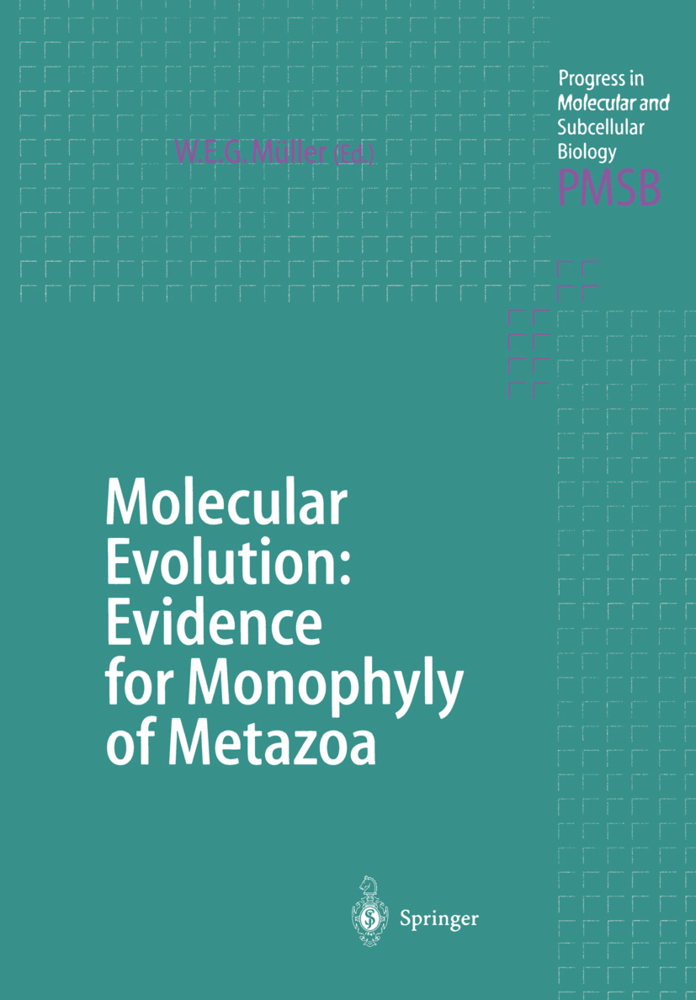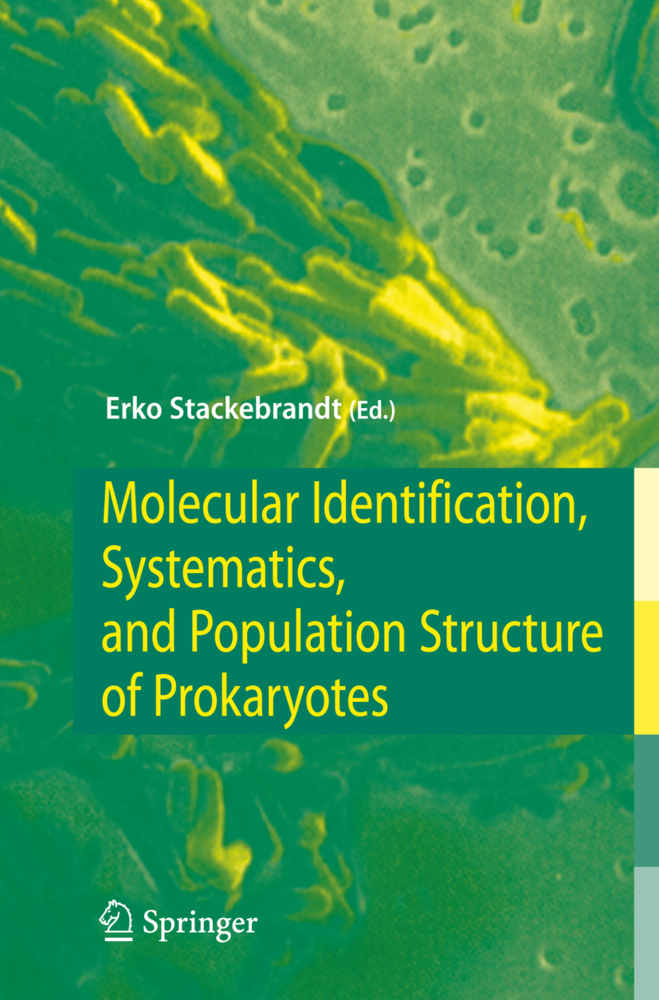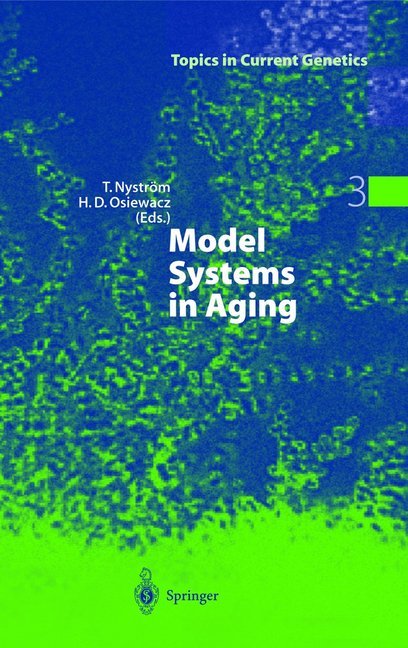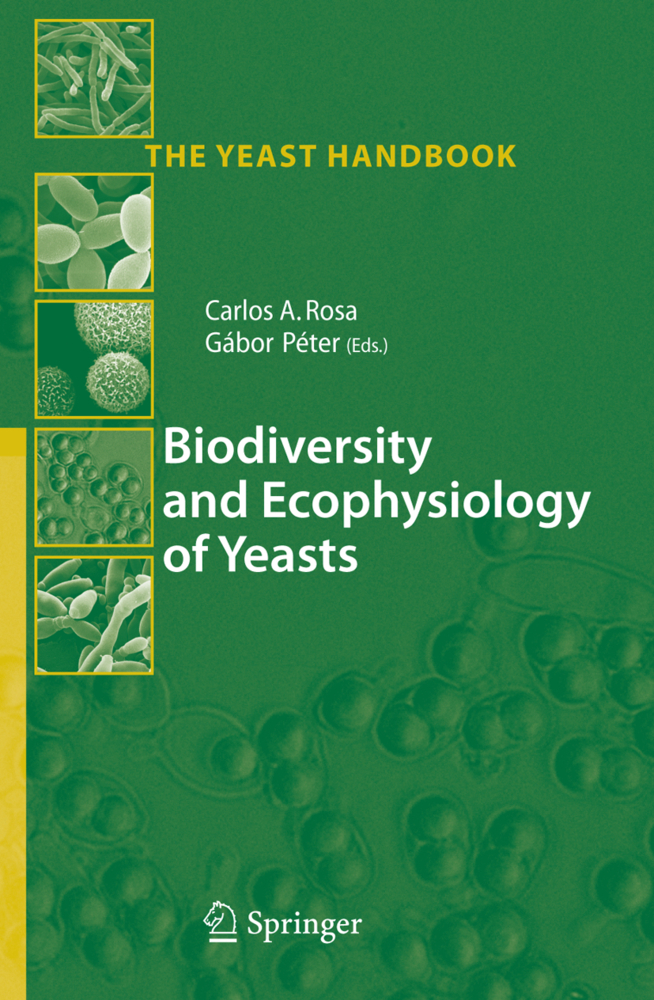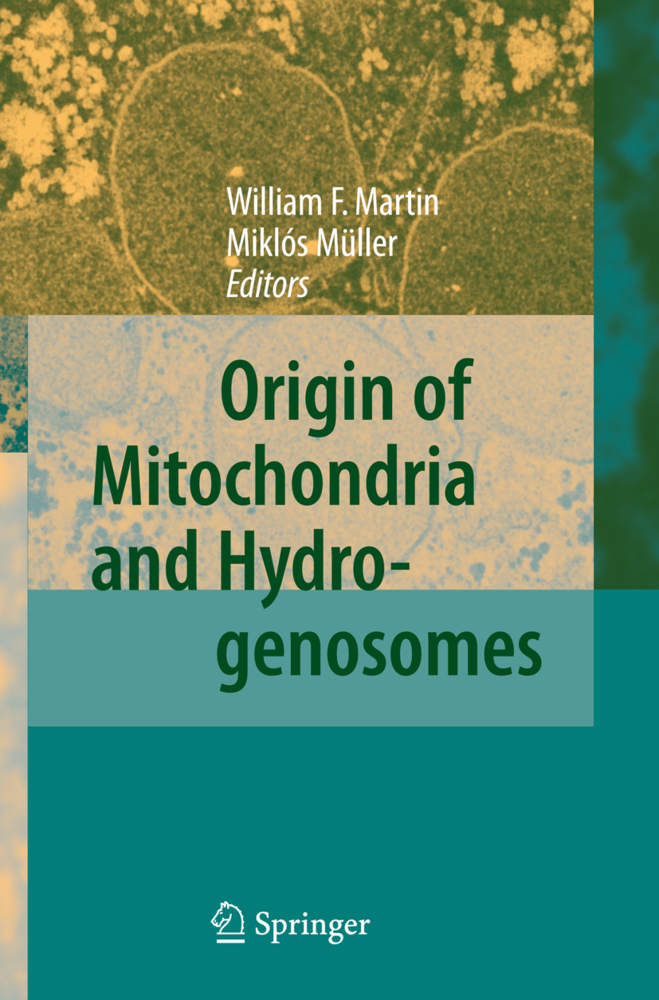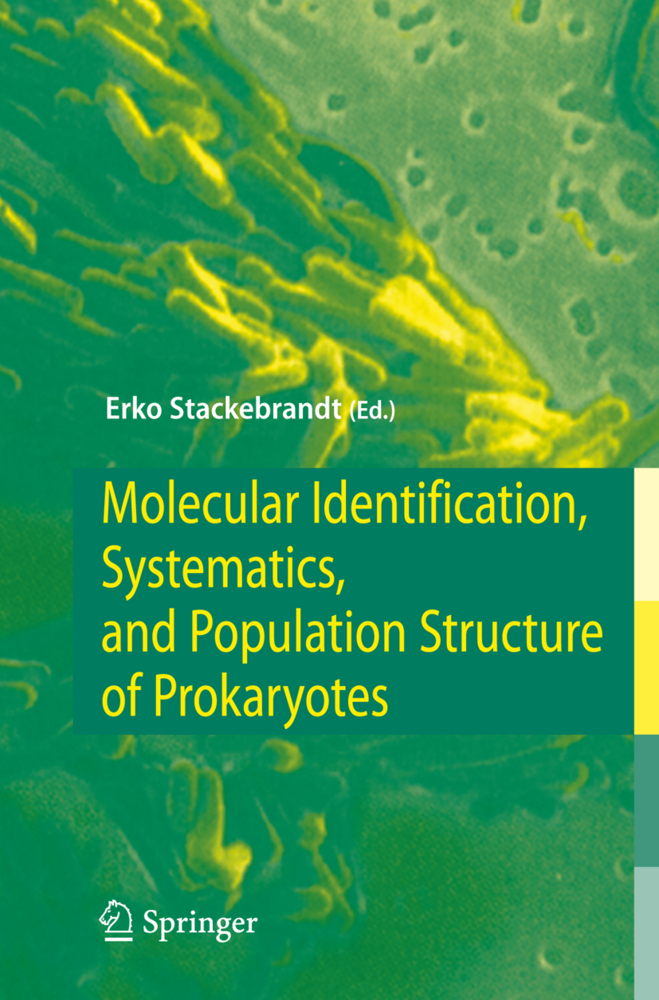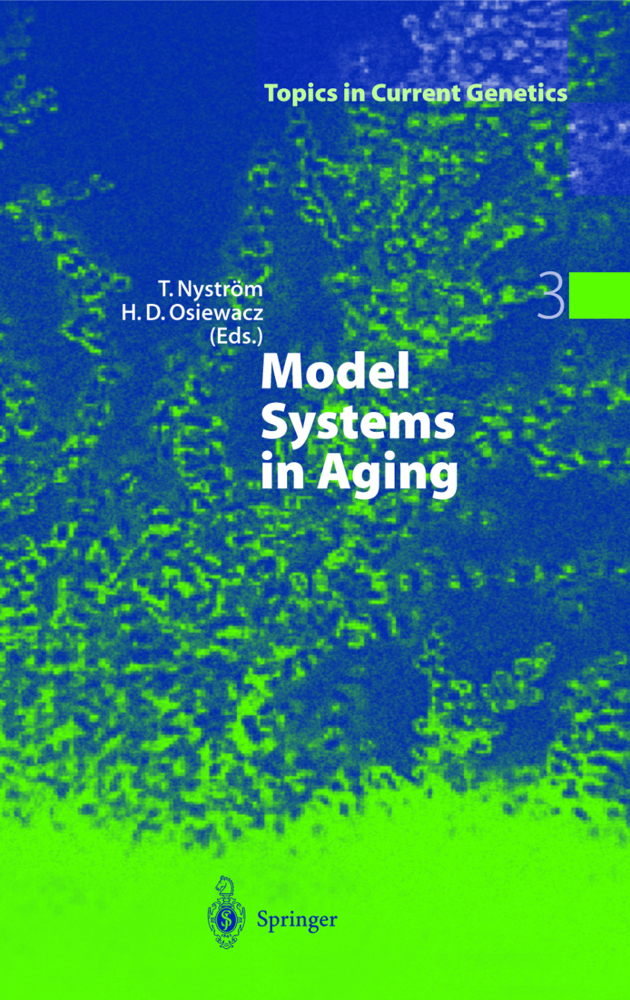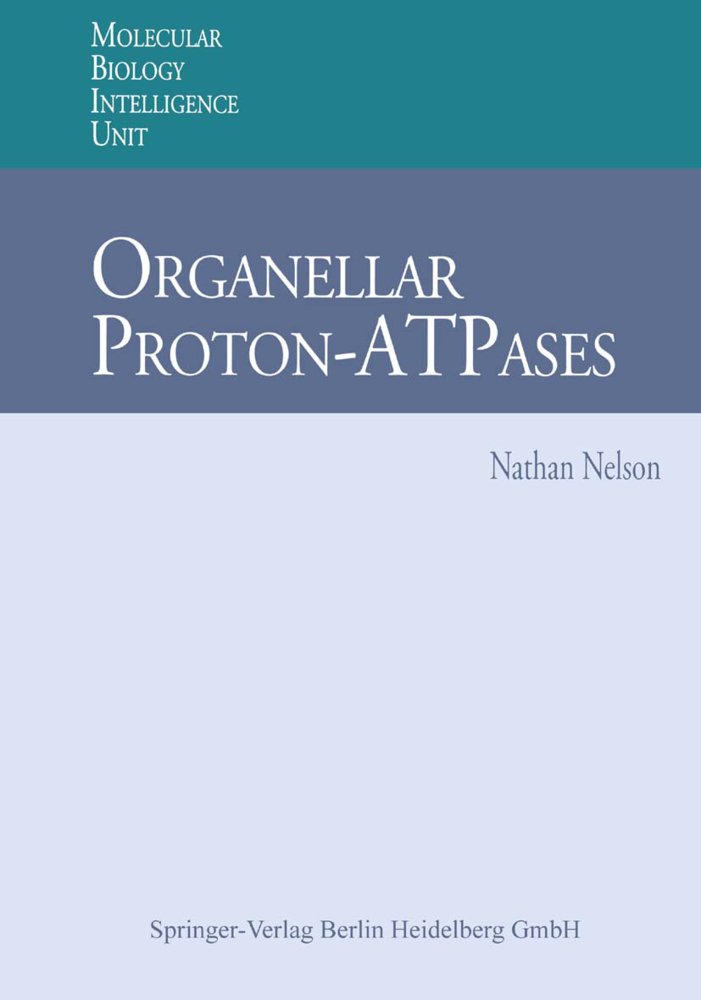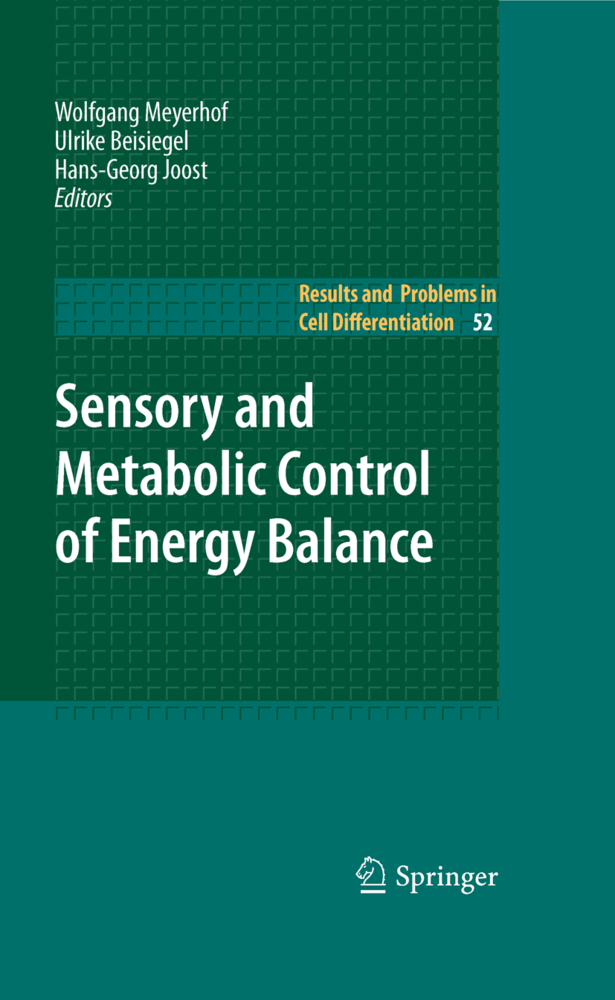Molecular Evolution: Evidence for Monophyly of Metazoa
Molecular Evolution: Evidence for Monophyly of Metazoa
This volume focuses on the origin of multicellular animals, Metazoa. Fossil records are scarce and morphological, biochemical or cytological evidence has not demonstrated an unequivocal phylogeny. Therefore, the question remains: Did Metazoa evolve from Protozoa only once, or several times? Is the origin of animals monophyletic or polyphyletic? Especially the relationships between the existing lower metazoan phyla, particularly the Porifera, are uncertain. In addition, phylogenetic analyses of nucleotide sequences of small and large ribosomal RNA also revealed no conclusive results with regard to the evolu tionary dichotomy of diploblasts (Porifera, Cnidaria and Ctenophora) and triploblasts in general and the diploblastic lineages in particular. During the evolution of unicellular eukaryotes to multicellular animals, complex molecular systems were established which allow a tuned and control led interaction between cells among each other, and cells and extracellular molecules. Hence, cell surface-associated adhesion and growth hormone receptors, as well as their corresponding extracellular ligands, have evolved. In addition, transcription factors had to be introduced that control gene func tions in the variety of cell types in developing and adult organisms.
2 Proteins Present in All Biotic Regna
3 Monophyly of Metazoa
4 Origin of Metazoan Genes and Proteins
5 Evolution of Metazoan Genes
6 Directed Evolution?
References
Individuality in Early Eukaryotes and the Consequences for Matazoan Development
1 Introduction
2 The Evolution of Metabolism and Development
3 Conclusions
References
Evolution of Animal Lectins
1 Introduction
2 Brief Overview of Lectins
3 Evolution of the C-Type Lectin Family
4 Evolution of Galectins
5 Comparison of the Galectin Family and the C-Type Lectin Family
6 Evolution of Glycocodes
References
Molecular Phylogeny of Eumetazoa: Genes in Sponges (Porifera) Give Evidence for Monophyly of Animals
1 Introduction
2 Earlier Problems
3 Porifera (Sponges)
4 Rationale for a Classification of Sponges as Metazoa
5 Genes in Sponges: Coding for Metazoan Proteins
6 Evolutionary Tempo
7 Conclusion
References
Homeobox Genes in the Freshwater Sponge Ephydatia fluviatilis
1 Introduction
2 Classification of Homeobox Genes
3 Homeobox Genes in Freshwater Sponges
4 Comparison of the Homeobox Genes of Sponges with Those of Other Animals
5 Principles Associated with the Conservation and Diversification of Homeobox Genes During Animal Evolution
6 Conclusion
References
Homeobox-Containing Genes in Freshwater Sponges: Characterization, Expression and Phylogeny
1 Introduction
2 Materials and Methods
3 Results and Discussion
4 Conclusions
References
Early Evolution of the Metazoa: An Inference from the Elongation Factor-1?
1 Introduction
2 Inference from EF-1? Sequences
3 Monophyly of the Metazoa
4 Phylogenetic Status of the Diploblasts
5 Conclusion.-References.
Transition from Protozoa to Metazoa: An Experimental Approach
1 Introduction2 Proteins Present in All Biotic Regna
3 Monophyly of Metazoa
4 Origin of Metazoan Genes and Proteins
5 Evolution of Metazoan Genes
6 Directed Evolution?
References
Individuality in Early Eukaryotes and the Consequences for Matazoan Development
1 Introduction
2 The Evolution of Metabolism and Development
3 Conclusions
References
Evolution of Animal Lectins
1 Introduction
2 Brief Overview of Lectins
3 Evolution of the C-Type Lectin Family
4 Evolution of Galectins
5 Comparison of the Galectin Family and the C-Type Lectin Family
6 Evolution of Glycocodes
References
Molecular Phylogeny of Eumetazoa: Genes in Sponges (Porifera) Give Evidence for Monophyly of Animals
1 Introduction
2 Earlier Problems
3 Porifera (Sponges)
4 Rationale for a Classification of Sponges as Metazoa
5 Genes in Sponges: Coding for Metazoan Proteins
6 Evolutionary Tempo
7 Conclusion
References
Homeobox Genes in the Freshwater Sponge Ephydatia fluviatilis
1 Introduction
2 Classification of Homeobox Genes
3 Homeobox Genes in Freshwater Sponges
4 Comparison of the Homeobox Genes of Sponges with Those of Other Animals
5 Principles Associated with the Conservation and Diversification of Homeobox Genes During Animal Evolution
6 Conclusion
References
Homeobox-Containing Genes in Freshwater Sponges: Characterization, Expression and Phylogeny
1 Introduction
2 Materials and Methods
3 Results and Discussion
4 Conclusions
References
Early Evolution of the Metazoa: An Inference from the Elongation Factor-1?
1 Introduction
2 Inference from EF-1? Sequences
3 Monophyly of the Metazoa
4 Phylogenetic Status of the Diploblasts
5 Conclusion.-References.
Müller, Werner E.G.
| ISBN | 978-3-642-48747-7 |
|---|---|
| Artikelnummer | 9783642487477 |
| Medientyp | Buch |
| Auflage | Softcover reprint of the original 1st ed. 1998 |
| Copyrightjahr | 2012 |
| Verlag | Springer, Berlin |
| Umfang | XI, 189 Seiten |
| Abbildungen | XI, 189 p. |
| Sprache | Englisch |

